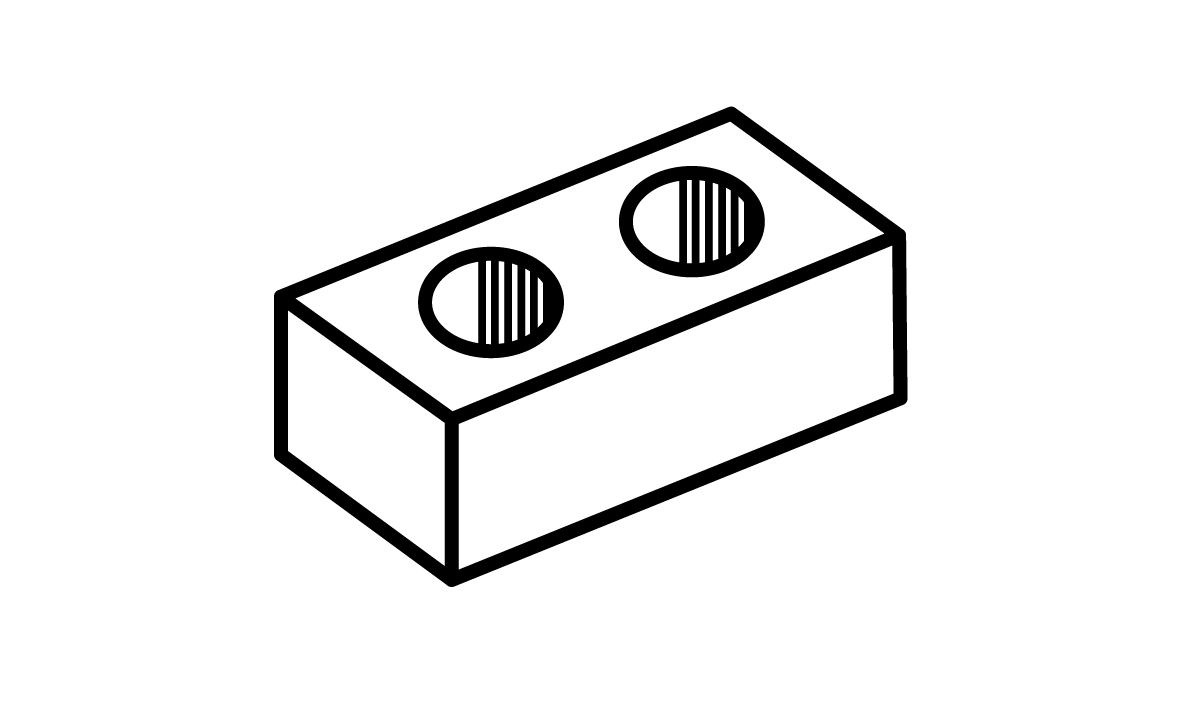Construction, It's Time to Embrace Disability
Why Embrace Disability?
Built By Us is on a mission to diversify the construction sector and not just for the benefit of individuals. We believe that the sector needs to employ a greater breadth of diverse talent in order to reap the benefits of a diversity of thought, new perspectives and improved problem-solving.
The construction sector is huge and complex, with a myriad of opportunities to contribute skills and approaches, however as an industry it has failed to make the most of diverse talent, despite a continuing and ever growing skills gap.
The industry has never been more exciting, particularly with innovations such as:
Manufacturing - 3D printing and prefabrication finally becoming mainstream
Digital - augmented reality and Building Information Modelling (BIM)
Sustainability - solar generating roadways and pollution absorbing bricks
It would appear that when it comes to processes and materials we, as an industry, have the skills and creativity to push boundaries but we are slow to innovate around the management and engagement of our most important resource, people. And if construction is going to address its skills needs, while making the most of new technologies, it will need to think differently about embracing diverse and disabled talent.
Current context
Over 7 million people or 18% of the working-age population in the UK is disabled as defined by the Equality Act 2010 [1]. Only 46.5% of working-age disabled people are employed, in construction overall, 9.3% of the labour force declare a disability [2]. It is clear therefore that the lack of employment for disabled people affects all sectors, however, construction is missing huge opportunities to widen the talent pool in both craft and professional disciplines. The Construction Industry Council’s Blueprint for Change report sampled professional, managerial and technical roles and found that less than 5% were disabled [3].
How construction can better embrace disability
Reframe the issue
For decades, disability advocates have been challenging what is known as the medical model of disability - a model that focuses solely on impairment, i.e. what an individual may or may not be able to do - rather than the social model. The Social Model of disability highlights the ways in which society through thought, action and design create barriers to opportunities.
YouGov research has shown half of businesses believe it’s easier to recruit a non-disabled person over a disabled person [4].
Build Awareness
Huge changes could be created through building awareness. We are already beginning to see how conversations about. for example, mental health are making a difference. A disabled built environment practitioner shared the following when asked: What one key thing could employers do to attract and or support differently-abled employees?
“They should seriously try to put themselves in my position, and to understand how a disability can be overcome. Also, that I always have to multi-task with things they would never think about and that a person who has worked hard to get good qualifications and has talent, needs to be valued....” Anonymous
Recruit talent on the basis of their training and lived experience
Participants in the Construction News piece on disability noted that their lived experience gave them unique insights when it came to the design, construction and management of the built environment. One contributor who is autistic noted that he built quite a reputation for “identifying a solution before most people realised there was a problem”.
Recruitment remains however a huge challenge for disabled people as they navigate processes and attitudes which exclude them from opportunities. Research shows that disabled people need to work much harder to secure interviews and opportunities than their non-disabled counterparts. Stigma around disability remains high. Many individuals do not feel safe enough to declare a disability. At present only 1% of architects declare a disability [5].
“In our profession, there needs to be diversity and people with any disability should not need to have to fight to become part of it. We should welcome them and allow them to shine. Everyone can gain. Just think how you would feel if it was your own son/daughter who had that disability and wanted to be shaping the built environment for everyone to enjoy and use”. Anonymous
Future First
We are an incredibly resourceful and creative industry, and as the designers, builders and custodians of the built environment, we have to be able to put ourselves in the position of others and to learn from each other.
“Companies could do more for the disabled employees if they literally just sit down with them and just talk, ask them what needs they might have. We don’t bite honest!” [6]
- Catherine Cobb
There is no doubt that as technology creates change in the construction sector we will have to broaden the skill set to meet our future needs. The construction worker of tomorrow may be flying drones or operating a bricklaying robot. We need therefore to completely rethink assumptions about who a “typical” built environment practitioner could be.
I believe that diversity can help to disrupt the construction sector for the benefit of everybody and ensure it is fit for the future - it is time to embrace disability.
Notes
Facts on disability, University of St Andrews https://www.st-andrews.ac.uk/hr/edi/disability/facts/
Construction News - YouTube CN investigates disability and construction https://youtu.be/-pdPjaRjwfc
Construction Industry Council - A Blueprint for Change http://cic.org.uk/projects/project.php?s=a-blueprint-for-change
The Guardian online https://www.theguardian.com/education/2019/aug/01/sent-out-in-the-dark-why-disabled-graduates-struggle-to-find-work
Architect’s Registration Board (ARB) UK diversity and inclusion statistics 2017
Catherine Cobb Traffic Engineer, blog piece http://cic.org.uk/news/article.php?s=2018-04-05-disability-in-the-workplace

